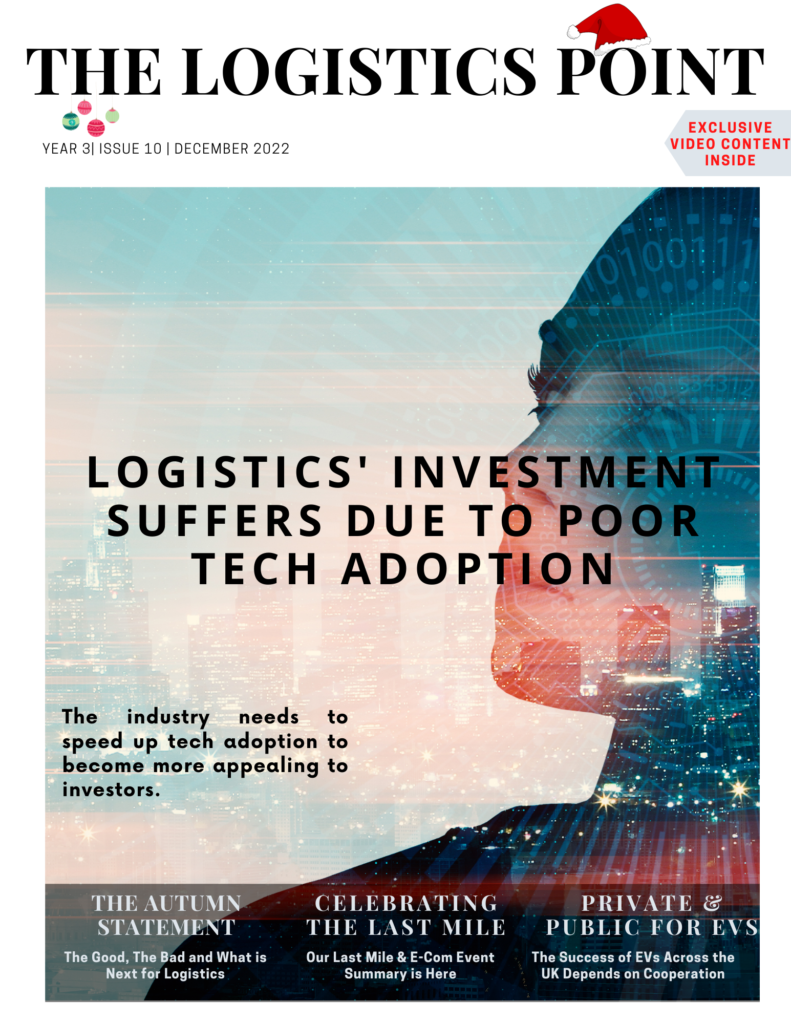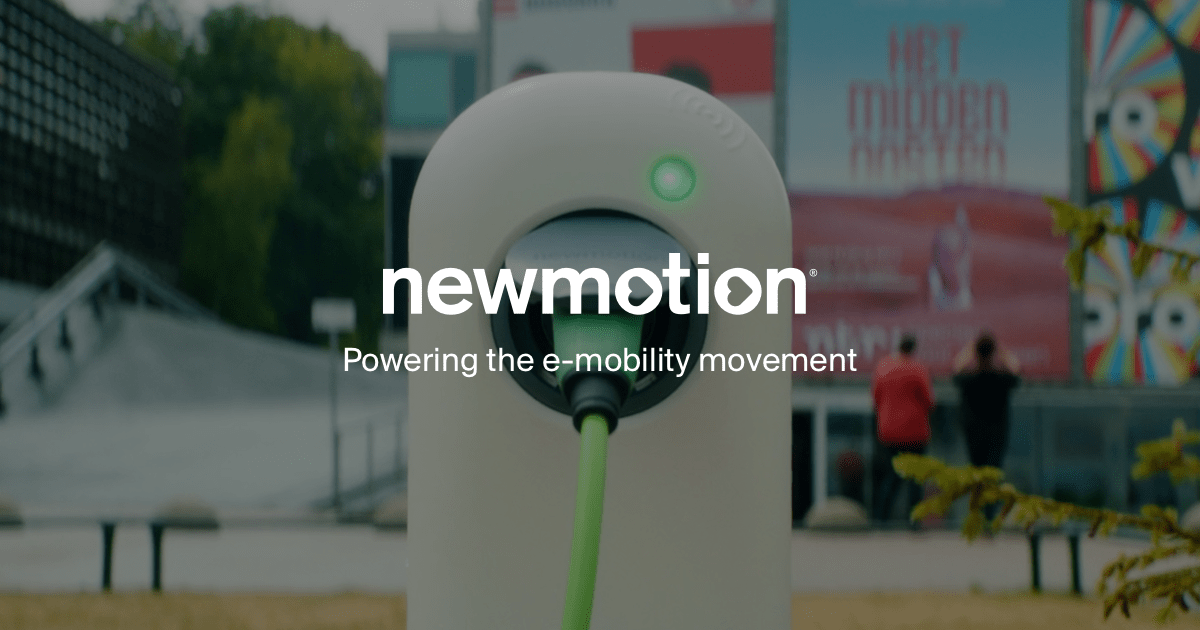The EVs dilemma is something the logistics industry has been pondering for a while. Where would the money come from? What support there will be and what new regulations will be introduced. We spoke to Simon McGlone, Senior Major Roads Planning and Strategy Officer at Transport for the North (TfN), about the plans of TfN and how it wants to support the logistics industry in its transition to EVs. You can watch the full interview now below.

Simon, what are TfN’s plans for EVs as a whole in the region?
We have published our Electric Vehicle Charging Infrastructure Framework. A real focus of this is to ensure an efficient, attractive, inclusive network that supports the whole Highways Network across the North of England and supports the transport decarbonisation ambitions that we all have.
The framework highlights some really significant scaling up of charging infrastructure across the region that’s needed. We highlight that in 2030 we need around 161,000 charge points total. Between now and 2025, that’s around 470 charge points per week between 2025 and 2030 that rises to 620 per week.
But I think more importantly for us and more interestingly for me is that the work that we’ve published provides a new layer of consideration, new assessments that you can do around charging deployments and our need across the region.
It’s a data driven exercise. It relies heavily on the powerful analytical tools that we’ve got within Transport for the North We’ve managed to put it in a way that is quite useful across both local areas and the regional needs. So it gets really granular into community levels. But then you can draw that all into the regional sense, recognising that most of the travel that we see across the region and particularly the logistics travel is either cross-boundary or through traffic. The Framework is published openly to make it more accessible to as many people as possible.

And if we zoom in a bit more on the commercial vehicle side. What are your plans there?
Around 88% of freight and freight movements are on the Highways Network. So the roads are really key for the economic underpinning across the region, but they also produce around a quarter of UK road emissions; 6% of total UK emissions. So important that we tackle this by decarbonising our road networks.
The modelling behind the EV charging framework accounts for the movements of cars, vans and HGV. So particularly vans and HGVs are obviously the key one there, and we can do that right across the whole network. We can understand what those logistics and supply chain movements mean for our charging network.
It’s likely to mean a mixture of charging categories. We will see rapid charge points which are regularly around 50KW. Depot charging is really key, obviously, for the logistics sector. Our interactive tool can filter for HGV depots which helps us understand how many connections we need for depot charging. And then the third one is about slower charging at destination and that’s probably the one carrying the most uncertainty right now that we hope our tool can help us navigate to meet the demand for goods and services.

I’m talking about urban refuelling centres, urban recharge centres or even vans and fleets charging at a destination such as homes. That pattern is changing quite a great deal post Covid in terms of the supply chain and how that acts.
So we think we’ve got a really good, strong, robust evidence based system to highlight requirements, and support actions to deploy charging which supports EV users.
How much do you expect this could cost and where would the money come from?
We are expecting about 930 million to 1.3 billion in the time between 2025 and 2030. By 2030 to 2035 that rises to 1.7 billion. Those cost covers hardware, installation, connection of new installations of charge points, maintenance. It doesn’t cover the electricity grid upgrades and the network reinforcements that will also be needed. We talk very much about a whole systems approach – it’s not just transport, its energy as well and we really hope that by publishing this work we can encourage collaborations and early planning.
In terms of the actual deployment of charge points, you tend to see three different ownership models. We could see a public ownership model, which is quite often a local authority taking control of the process.
And then a 100% private sector model, which we are seeing quite a lot of in terms of the private sector coming in, paying upfront and managing the operational costs. There will be a mix of those three throughout the next decade.
We’re seeing significant private sector activity. And what we’re really keen to do for the North of England as a region is to encourage the private sector to come and take the opportunities within the North and take advantage of the investment, we think we need across the region.
Watch the full video with Simon McGlone, Senior Major Roads Planning and Strategy Officer at Transport for the North to learn more about how their plans and how logistics can support them. ✷


